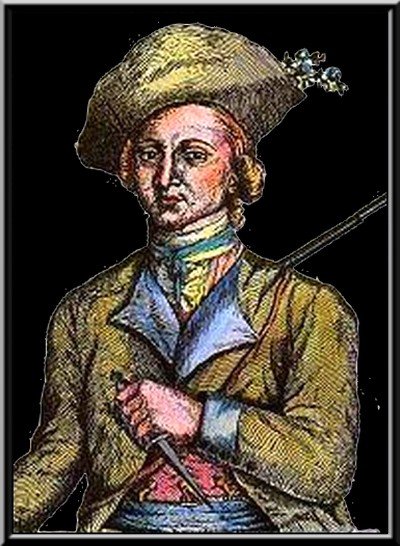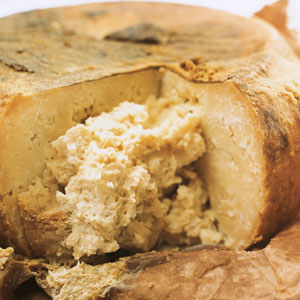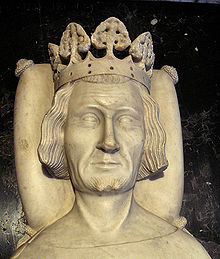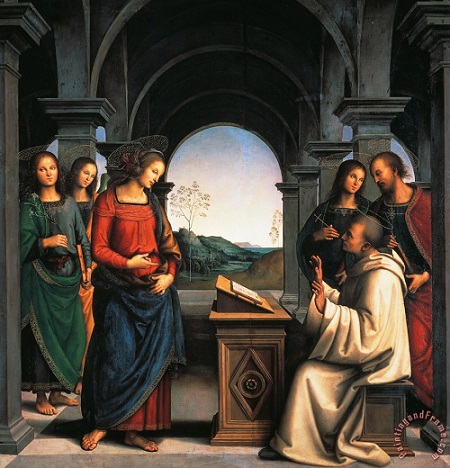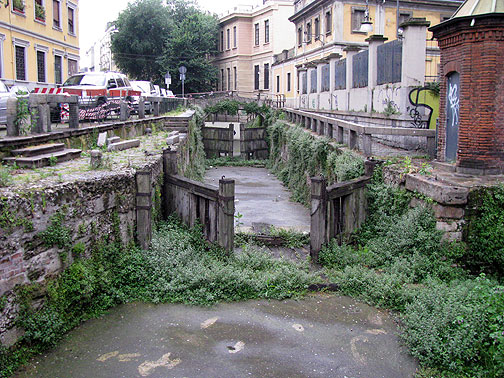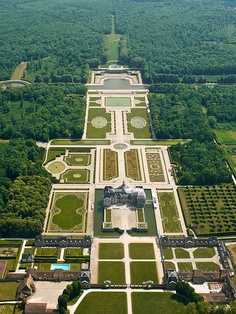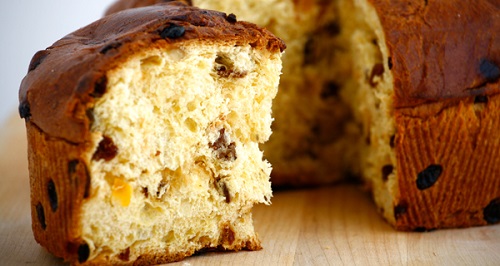In general, the Supreme authorities in the Catholic Church have not been conspicuously hostile to sensual pleasure, or even ascetic in their culinary habits. Whereas, at the beginning of the 13th century, Pope Innocent III was still advocating spartan living, and insisting that only one main dish was served at his table, toward the end of that century Martin IV was showing a marked predilection for eel, particularly when it came from Bolsena. The pontiff is said to have procured live eels and stored them in special containers, so that he could eat them soaked in Vernaccia and broiled.
About one hundred years later, Pietro Tomacelli was elected pope. Although his official name was Boniface IX, it was rumoured that tomaselle, the liver dumplings enjoyed by His Holiness throughout his life, were named after him. Eugenius IV reintroduced a more economical culinary era, and even assembled independent observers around his meager table in order to demonstrate his moderation.
As the 15th century drew to a close, Alexander VI had his daughter Lucrezia Borgia cook for him, for nobody knew better than she which sweet delicacies her father loved best. In the years from 1513- to 1521, when Leo X was in office, dining in the Vatican accurately reflected Florentine cuisine. The festivities and exquisite banquets of the Medici popes were soon the talk of the entire city.
Any Roman who had aspirations began to take an interest in elevated gourmet cuisine. At papal banquets it now became the custom, not just to eat and drink a great deal, but to feast on noble, refined luxuries and to enjoy the tight-rope walkers, musicians, and other artists who provided the programe of entertainment. Neither was Leo X averse to a little joke from time to time. It is reported that once be arranged for a hemp rope to be served as an eel, which a few unfortunate guests actually consumed, to the great delight of their table companions.
In the mid=16th century, Julius III reigned in the Vatican. He loved stuffed roast peacock and onions from Gaeta. After his successor, Marcellus II, had been on the apostolic throne for a short time, Paul IV became pontiff. It is known that he would sit at the table for up to three hours without interruption, and usually partook of up to 20 courses. Pius IV, who was later canonized, engaged the most expensive chef of his times. This culinary genius was none other than Bartolomeo Scappi, author of Opera dell’arte del cucinare and reformer of Western cuisine. In his standard culinary work of 1570, Scappi also recorded some favorite papal dishes, including fish from Lake Garda or Liguria, and caviar from Alexandria in Egypt.
In the 19th century, too, high living was the order of the day in Rome. Gregory XVI was without doubt an accomplished gourmet, and we even know the favorite sequence of dishes of Pius IX: risotto, various items from the bakery, roast meat with vegetables and fruit, all accompanied by Bordeaux wines. The meal was always rounded off with a tart or pie and coffee. This, however, marked the end of the great era of kitchens in apostolic chambers.
The plain meals of modern popes are prepared outside the hallowed walls of the Vatican. It is said that some degree of consideration is given only to certain regional preferences – depending on the geographical origins of the head of the Church!


